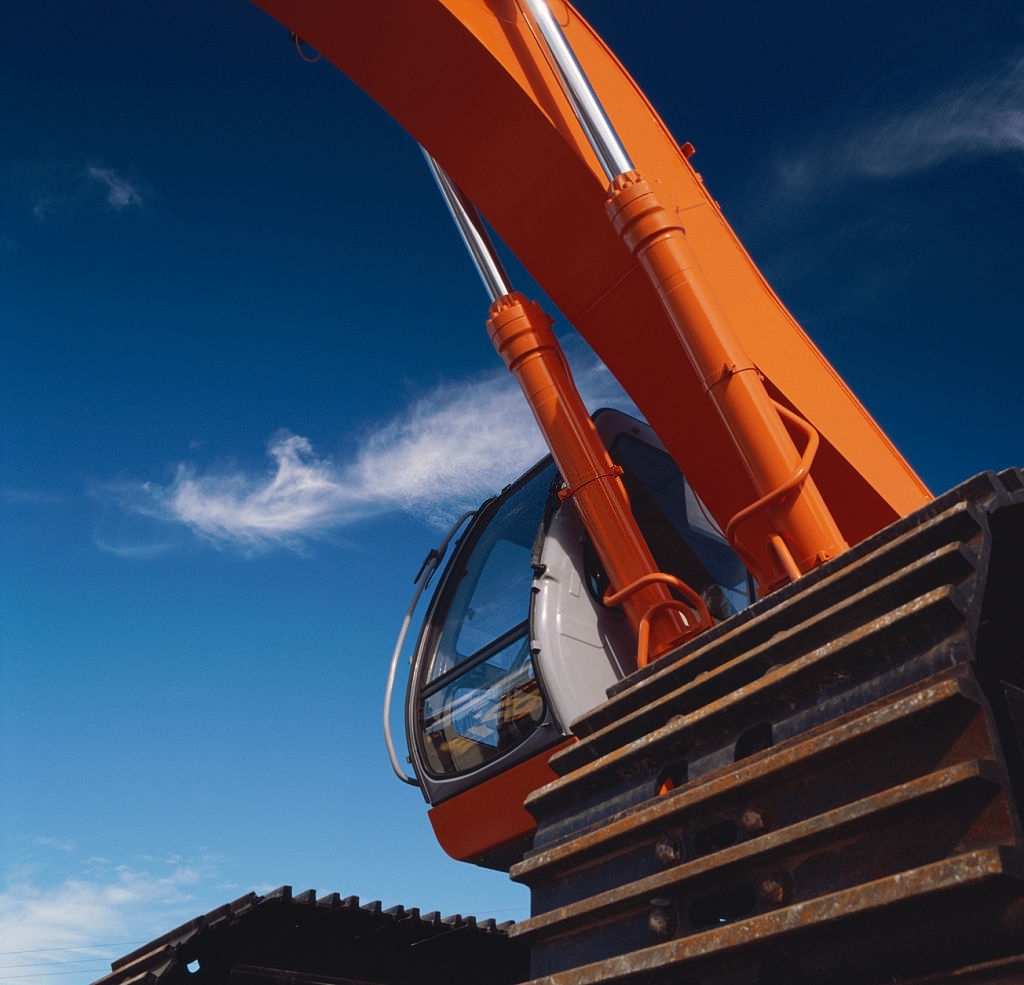
Rebound hydraulic cylinder piston slips or crawls
Sliding or crawling of the rebound hydraulic cylinder piston will make the rebound hydraulic cylinder unstable. The main reasons are as follows:
- The internal of the rebound hydraulic cylinder is astringent. The internal components of the rebound hydraulic cylinder are improperly assembled, the parts are deformed, worn or the tolerance of the shape and position is exceeded, and the action resistance is too large, so that the speed of the piston of the rebound hydraulic cylinder changes with the difference of the stroke position, and slippage or crawling occurs. Most of the reasons are due to poor assembly quality of parts, scratches on the surface or iron filings from sintering, which increase resistance and decrease speed. For example: the piston is not concentric with the piston rod or the piston rod is bent, the installation position of the rebound hydraulic cylinder or the piston rod to the guide rail is offset, the sealing ring is too tight or too loose, etc. The solution is to repair or adjust, replace damaged parts and remove iron filings.
- Poor lubrication or excessively poor processing of the aperture of the rebound hydraulic cylinder. Because the piston and the cylinder, the guide rail and the piston rod all have relative motion, if the lubrication is poor or the aperture of the rebound hydraulic cylinder is too poor, it will increase the wear and reduce the linearity of the cylinder centerline. In this way, when the piston is working in the rebound hydraulic cylinder, the frictional resistance will be large and small, causing slippage or crawling. The exclusion method is to first grind the rebound hydraulic cylinder, then prepare the piston according to the matching requirements, grind the piston rod, and configure the guide sleeve.
- The hydraulic pump or rebound hydraulic cylinder enters the air. Air compression or expansion can cause the piston to slip or crawl. The exclusion measure is to check the hydraulic pump, set up a special exhaust device, and quickly operate the full stroke several times to exhaust.
- The quality of seals is directly related to slippage or crawling. When the O-ring seal is used under low pressure, compared with the U-shaped seal ring, due to the higher surface pressure and the difference between the dynamic and static friction resistance, it is easy to produce slip or crawl; the surface pressure of the U-shaped seal ring increases with the pressure If it increases, the sealing effect will increase correspondingly, but the difference between the dynamic and static friction resistance will also increase, and the internal pressure will increase, affecting the elasticity of the rubber. Due to the increased contact resistance of the lip, the seal ring will tip over and the lip will extend. It is also easy to cause slippage or crawling. To prevent it from tipping over, a support ring can be used to maintain its stability.
